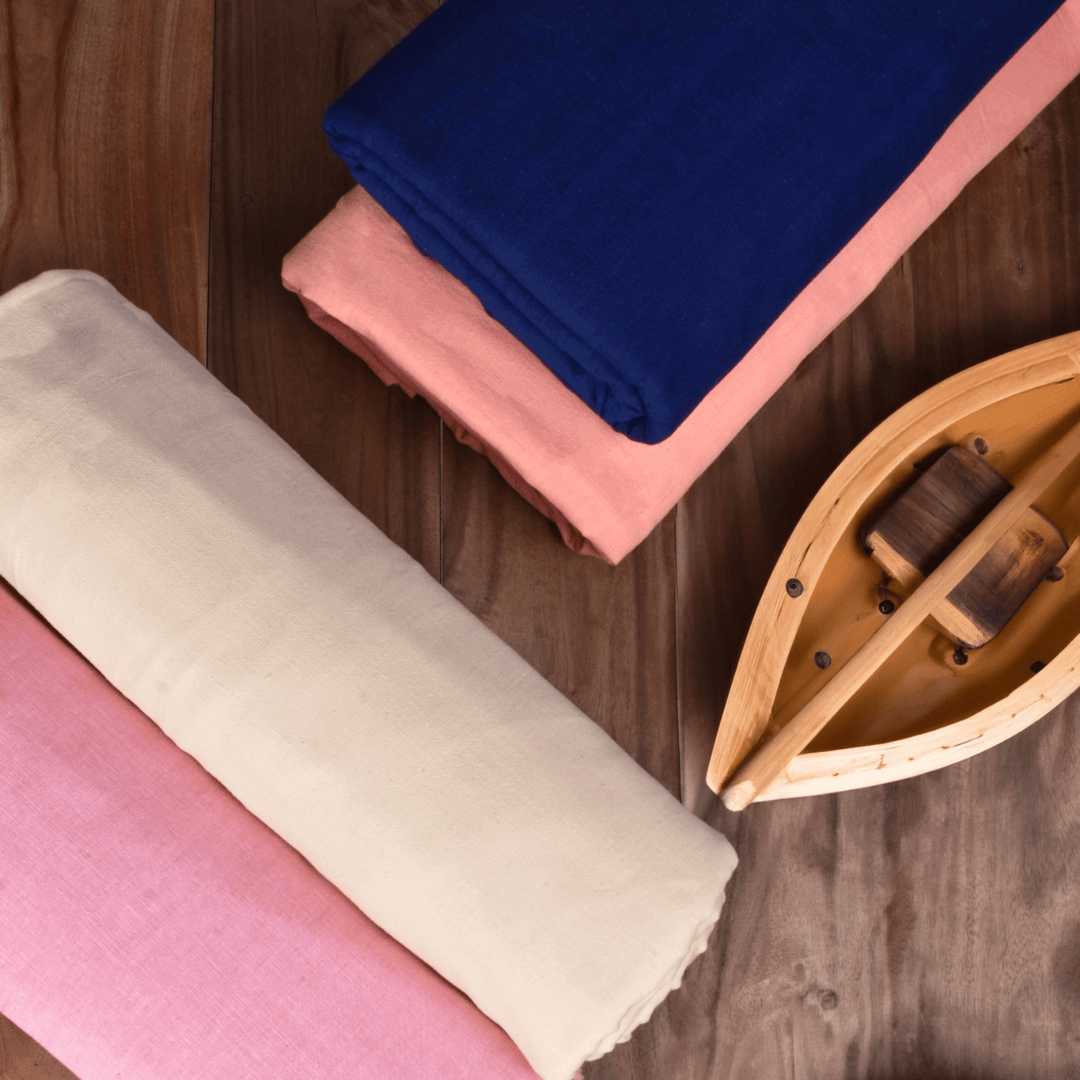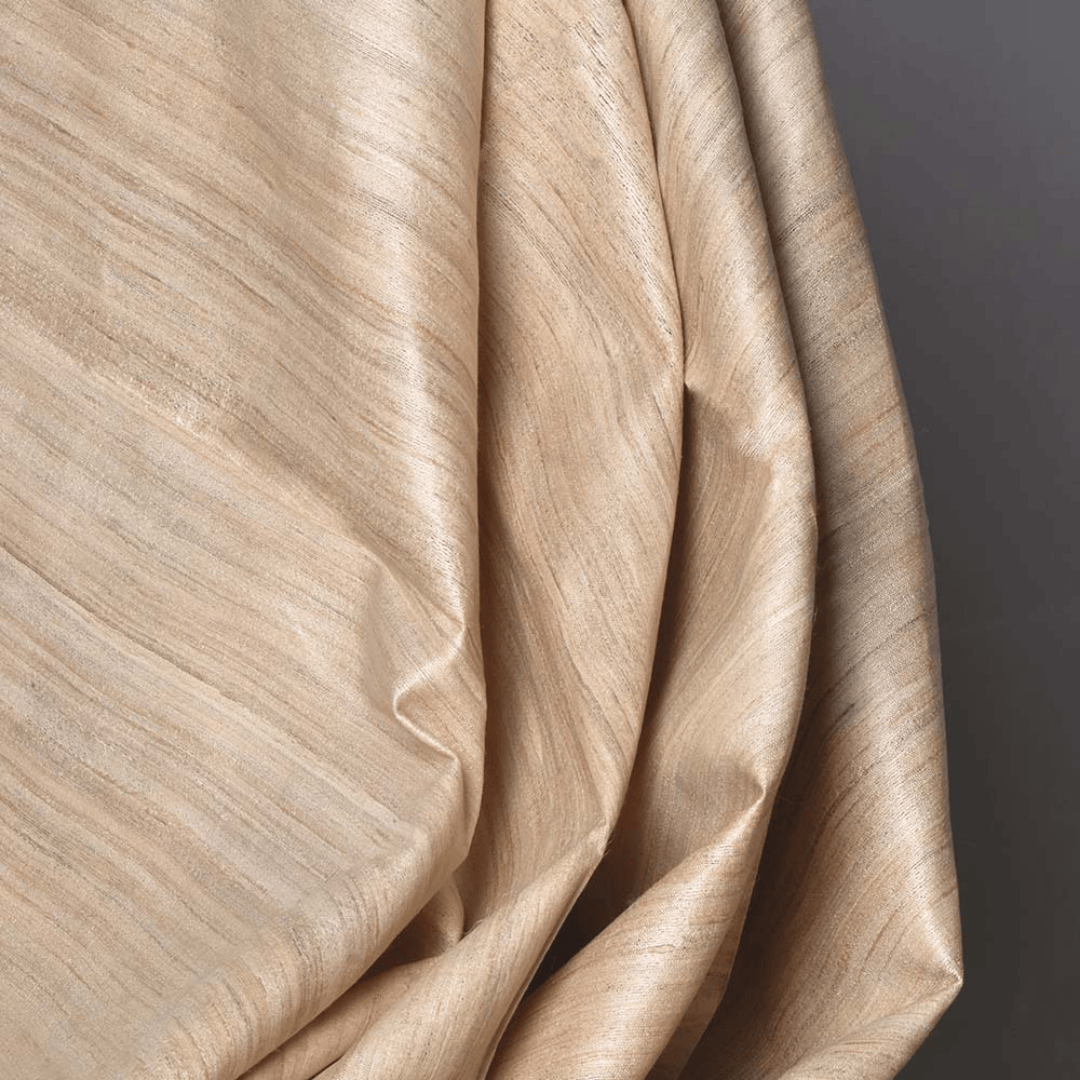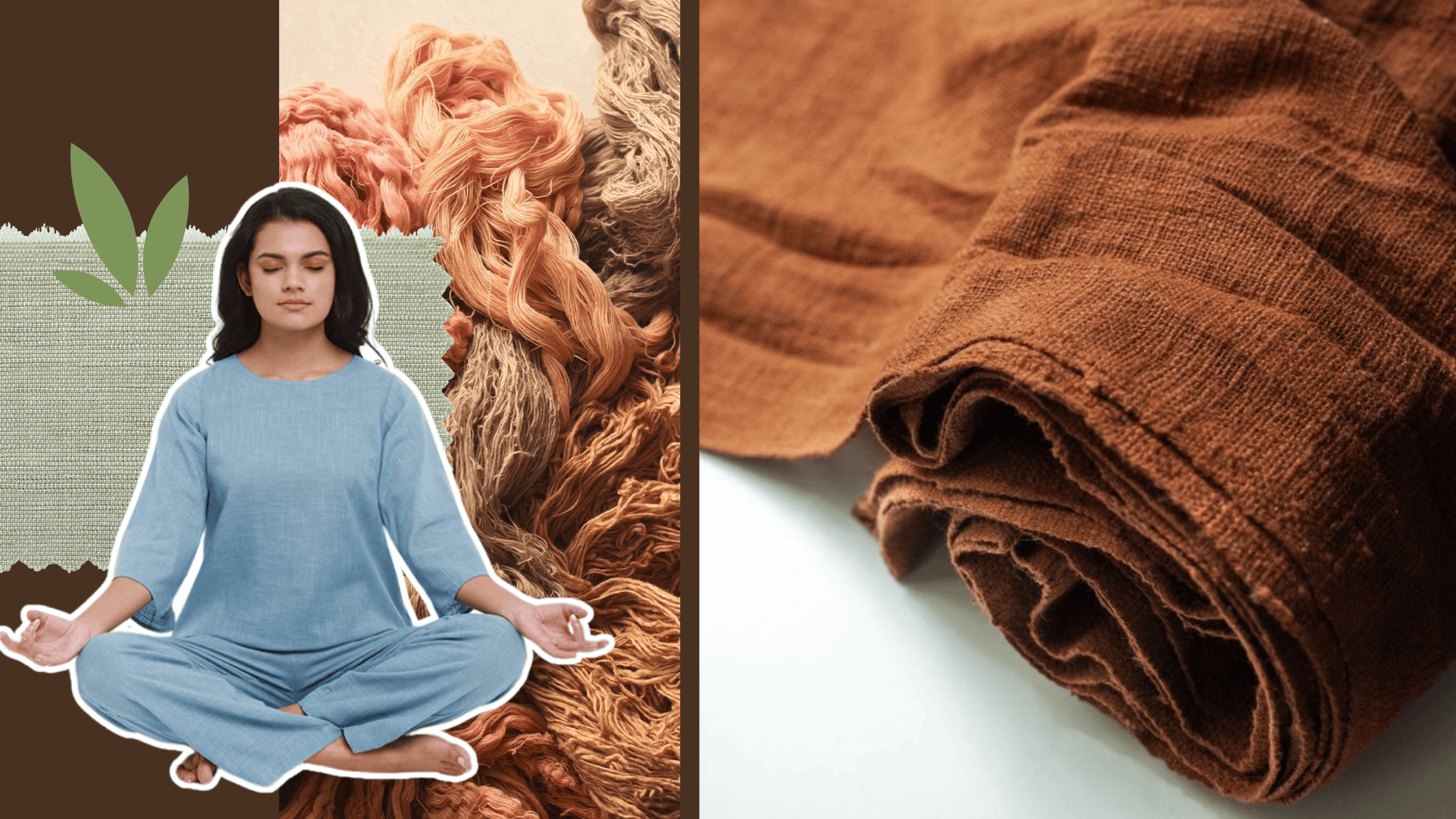
Beyond Synthetics: Natural Fabrics Redefining Activewear Comfort & Utility

How organic fibers are transforming the performance wear or active wear market with sustainability, breathability, and everyday wearability.
For decades, synthetic fibers like polyester, nylon, and elastane have dominated the activewear landscape. From gym leggings to trail jackets, these materials promised durability, stretch, and moisture management. But as conscious consumers look beyond performance to planet impact and skin health, a new era is rising — one where natural fabrics are reclaiming space in the activewear industry.
Welcome to the movement where comfort meets conscience.
Why the Shift Toward Natural Fabrics in Activewear?
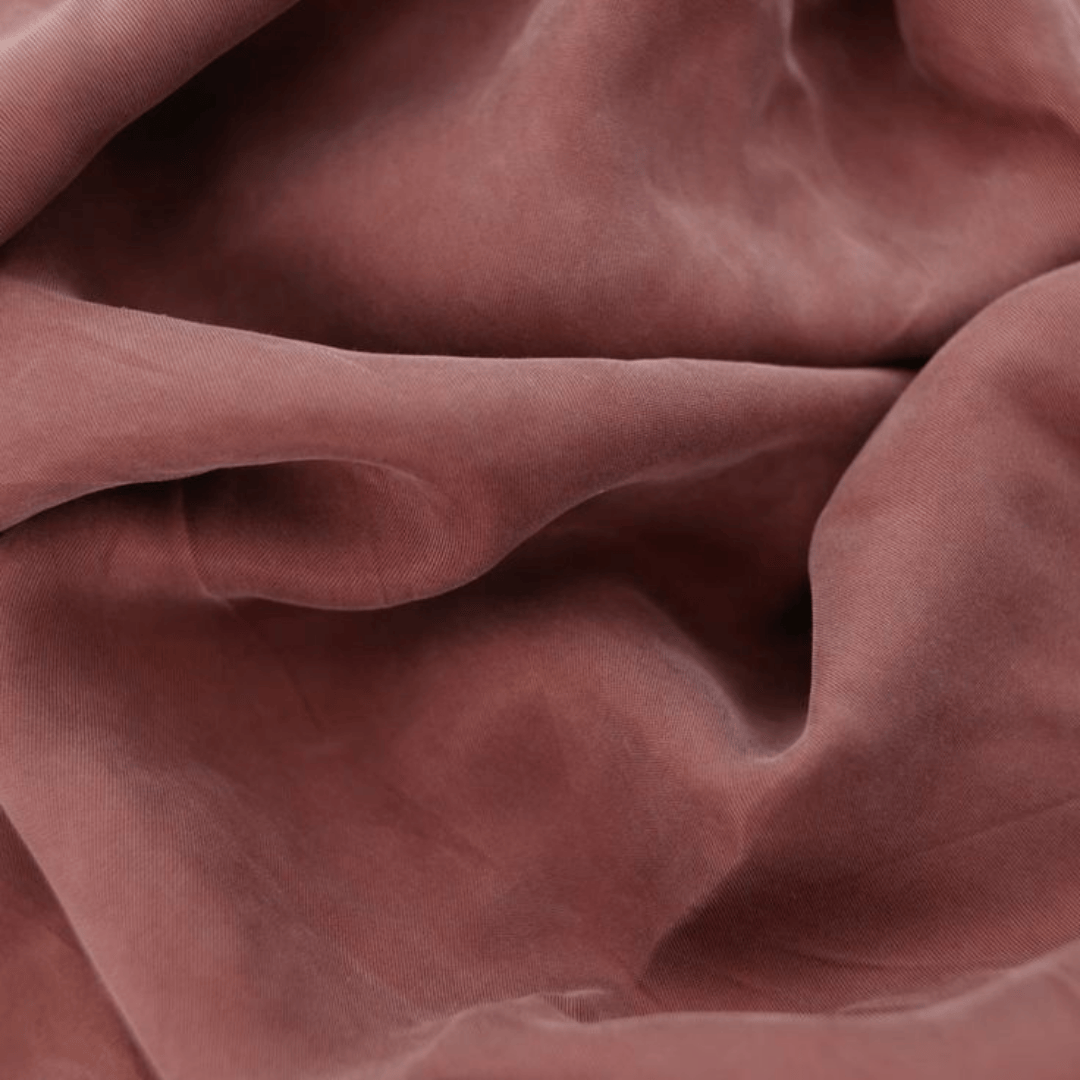
Consumers today aren't just chasing six-pack abs — they’re seeking products that align with their values: health, sustainability, and transparency.
The Problem with Synthetics:
- Made from petrochemicals, contributing to plastic pollution
- Non-biodegradable and shed microplastics into waterways with every wash
- Traps odor and bacteria over time
- Can cause skin irritation in sensitive individuals
In contrast, natural and regenerated fibers offer better breathability, biodegradability, and comfort, while still supporting active lifestyles.
Meet the Natural Game-Changers in Activewear
The allure of natural fabrics in activewear stems from their inherent properties, many of which synthetics attempt to mimic through chemical processes. Natural fibers offer:
- Superior Breathability: They allow air to circulate freely, preventing overheating and promoting natural thermoregulation. Its soft and gentle on the skin.
- Moisture Management: While synthetics wick moisture, many natural fibers (like cotton and linen) are highly absorbent, also possess excellent moisture-wicking properties.
- Odor Resistance: Unlike synthetics, which can trap odor-causing bacteria, many natural fibers have inherent antimicrobial properties.
- Sustainability Credentials: Often derived from renewable resources, many natural fibers are biodegradable and have a lower environmental footprint compared to petroleum-based synthetics.
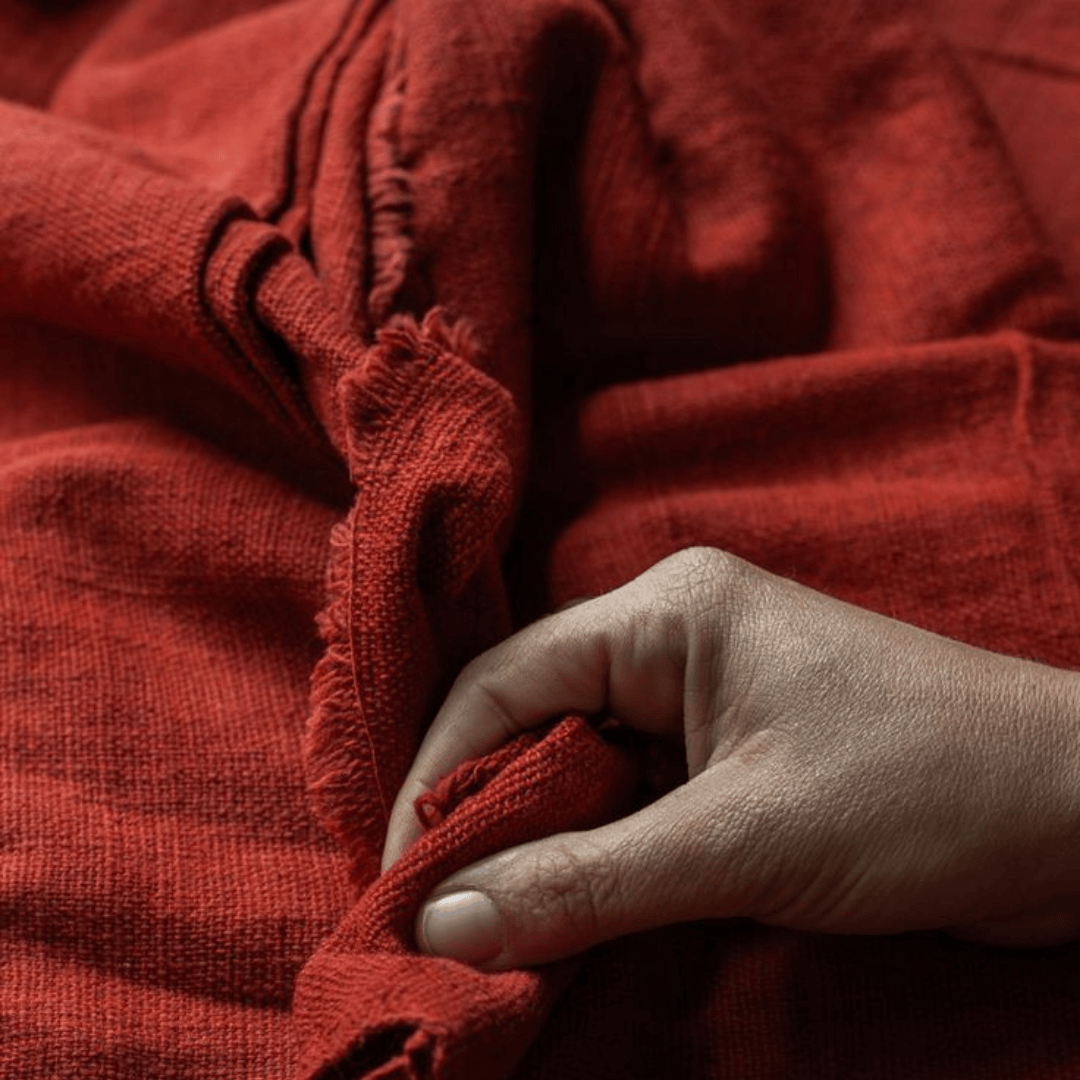
1. Organic Cotton (especially Khadi Cotton)
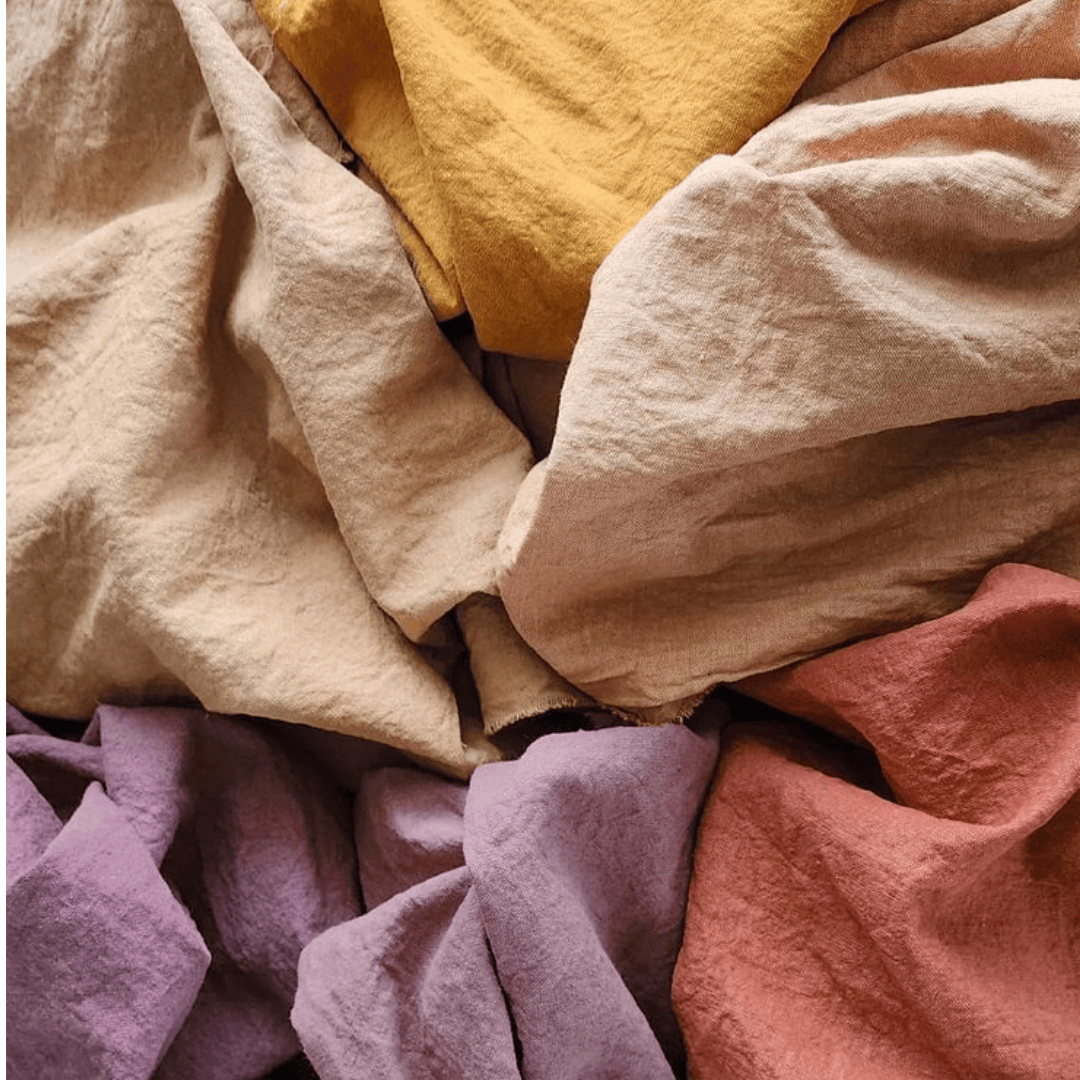
Handspun and breathable, khadi cotton is naturally moisture-wicking and anti-static.
- Keeps skin cool during light workouts or yoga
- Grown without pesticides — good for you and the planet
- Highly absorbent, yet soft on skin
Its light to mid GSM ensures it's not too heavy, providing a gentle and airy feel against the skin.
For yoga, hiking in moderate temperatures, or comfortable post-workout wear, Khadi offers unparalleled comfort and a sustainable ethos.
Our Organic Khadi Cotton Collection
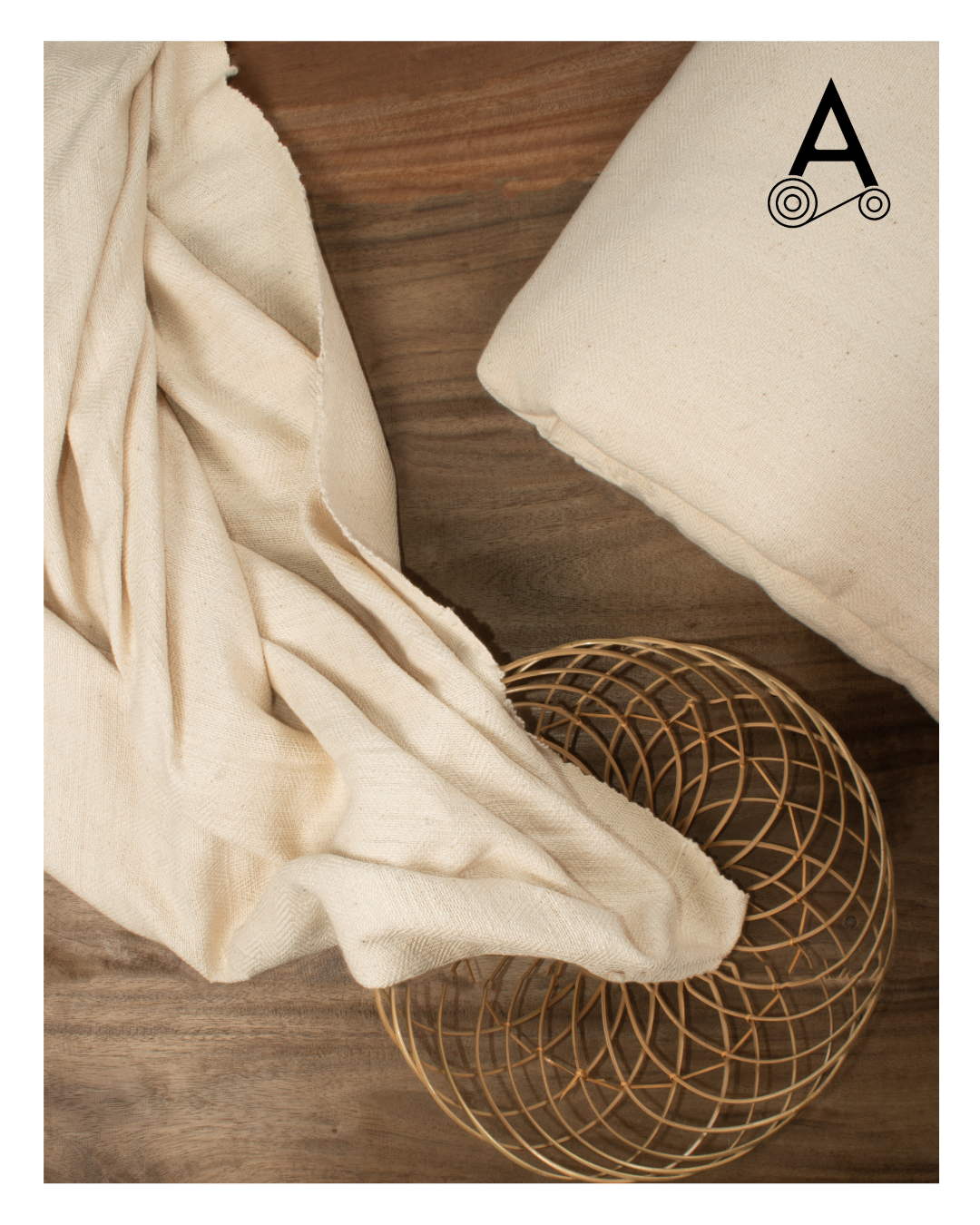
Handspun Khadi
At Anuprerna, handspun khadi is crafted by Bengal artisans, ideal for Active-to-streetwear hybrid designs.
2. Linen & Linen-Cotton Blends
Traditionally known for resortwear and summer clothing, linen is now being embraced by designers for light-intensity activewear and breathable lounge sets.
Linen, and its blends with cotton, are increasingly recognized for their incredible performance in active contexts, especially in warm and humid conditions.
- Superior airflow and moisture-wicking properties
- Naturally antibacterial and odor-resistant
- Sustainable and requires fewer pesticides
Linen-Cotton blends offer added softness and flexibility, making them great for softer yoga sets, Pilates wear, or transitional athleisure.
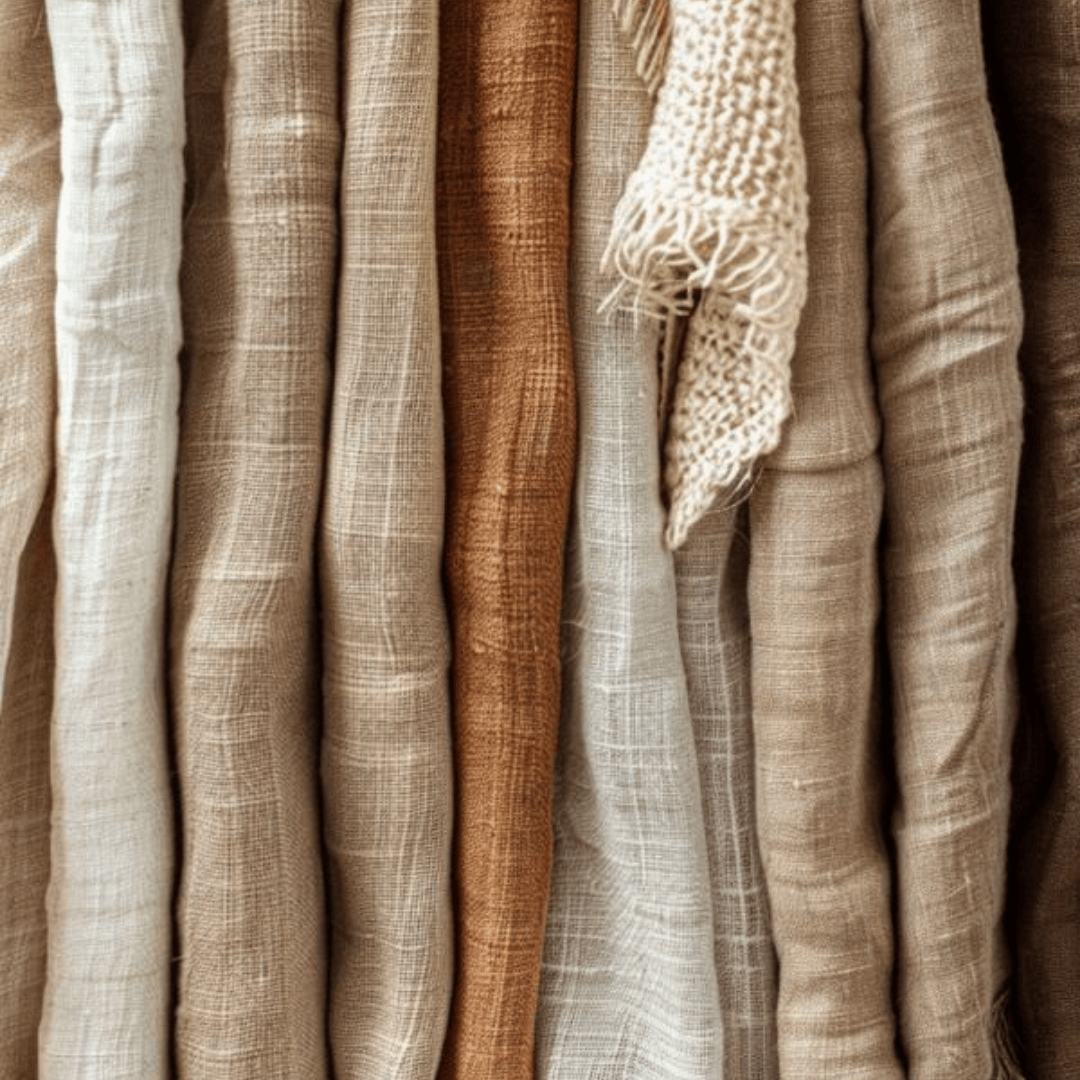
Handwoven Linen and Linen-Cotton Blends
At Anuprerna, we craft handwoven linen and linen-cotton blends with a breathable texture and natural fall. We incorporate linen and organic cotton blends in relaxed-fit sustainable wear.
3. Hemp and Banana Fabric
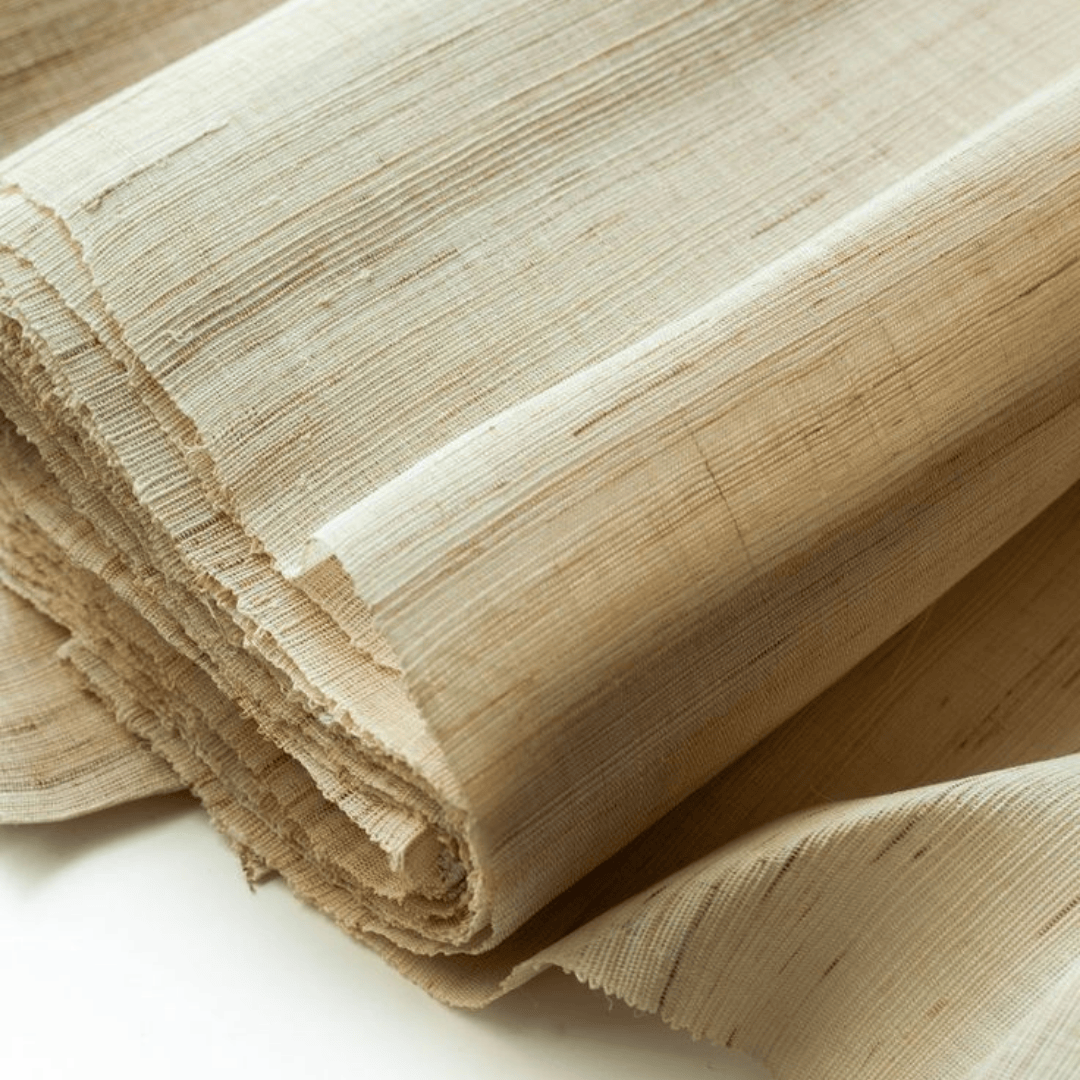
Hemp- Tough yet softens over time. Hemp is ideal for outerwear or relaxed-fit joggers.
- High tensile strength
- Thermo-regulating properties
- Requires minimal water to grow
Banana- Lightweight, textured and surprisingly resilient — banana fiber works well in stretch blends.
- Upcycled from banana plant waste
- Can be blended with silk or cotton for added softness
- Compostable and breathable
4. Silk & Cotton-Silk Blends
Often overlooked for activewear, handwoven silk blends, particularly cotton-silk, provide a lightweight sheen and exceptional breathability—perfect for elevated loungewear, dancewear, or travel-friendly performance styles.
- Light stretch and drape make it ideal for slow-motion movements (yoga, barre)
- Naturally cool and insulating — great for all seasons
- Luxurious yet skin-friendly
Light GSM (grams per square meter) silk and cotton-silk blends offer a touch of this luxury with added breathability and durability from the cotton component. They are perfect for lightweight, next-to-skin activewear where comfort and delicate performance are paramount.
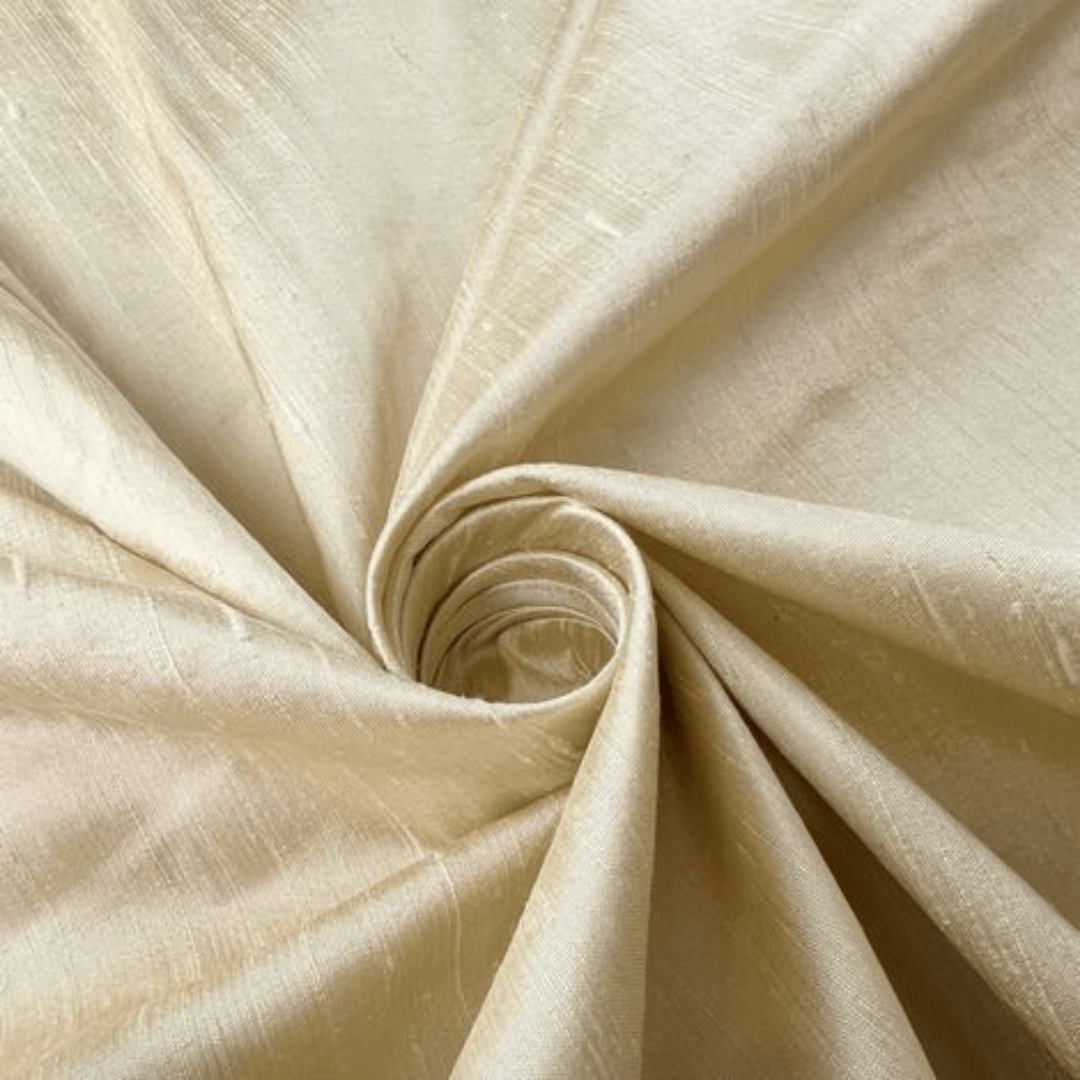
Handwoven Silk- Cotton Blend
Anuprerna’s silk and cotton-silk fabrics, crafted by Bengal artisans, bring a natural luster and fluidity that merges comfort with elegance—suiting designers building premium yet conscious active capsule wardrobes.
Final Thought: It’s Time to Rethink “Active Wear”
Active wear isn’t just about how your body moves—it’s about how your clothes breathe, biodegrade, and align with your lifestyle values. Natural fabrics offer a rich, underutilized potential to transform the future of activewear—one conscious decision at a time.
At Anuprerna, we work with artisans to produce handwoven khadi, organic blends, banana, hemp, bamboo, and naturally dyed textiles perfect for lounge-to-active collections.
related questions
Are natural fabrics really suitable for activewear?
arrow_drop_downYes. While synthetics dominate high-performance sportswear, many natural fibers like khadi cotton, bamboo, hemp, linen, and silk blends are ideal for low- to moderate-intensity activities like yoga, walking, travel, or casual wear. They’re breathable, biodegradable, and kinder to the skin.
Why is khadi cotton considered a good choice for active wear?
arrow_drop_downKhadi is handspun and handwoven, giving it unique breathability and structure. It regulates temperature well and is soft on the skin, especially in climates with humidity. Anuprerna offers khadi in various GSMs tailored for light layering or standalone wear.
What are the sustainable benefits of switching to natural fabrics?
arrow_drop_downBiodegradability Lower carbon footprint in production No microplastic shedding Safer for sensitive skin Supports local artisans and regenerative farming practices
More Blogs
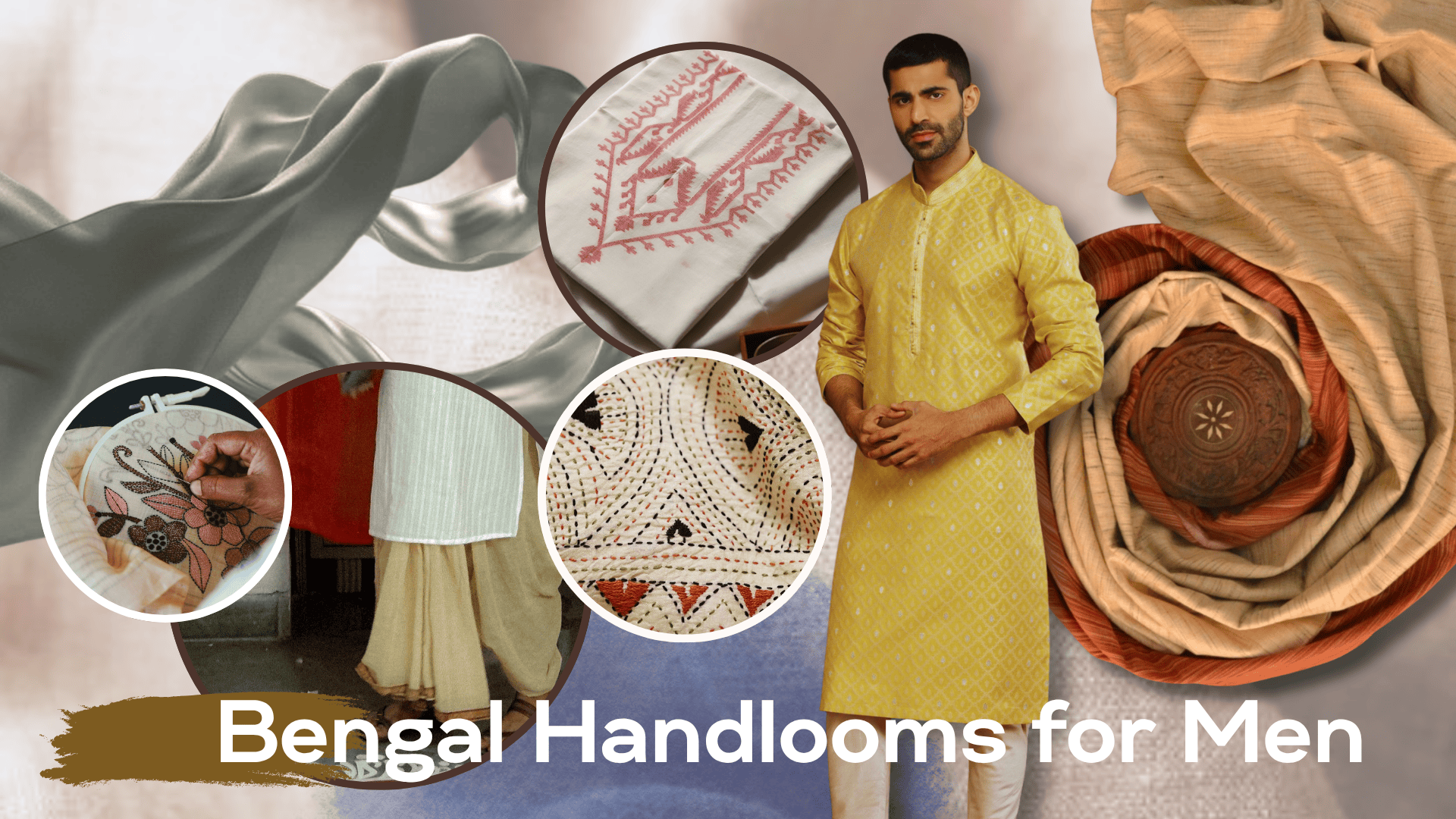
bengal looms for men: beyond the kurta
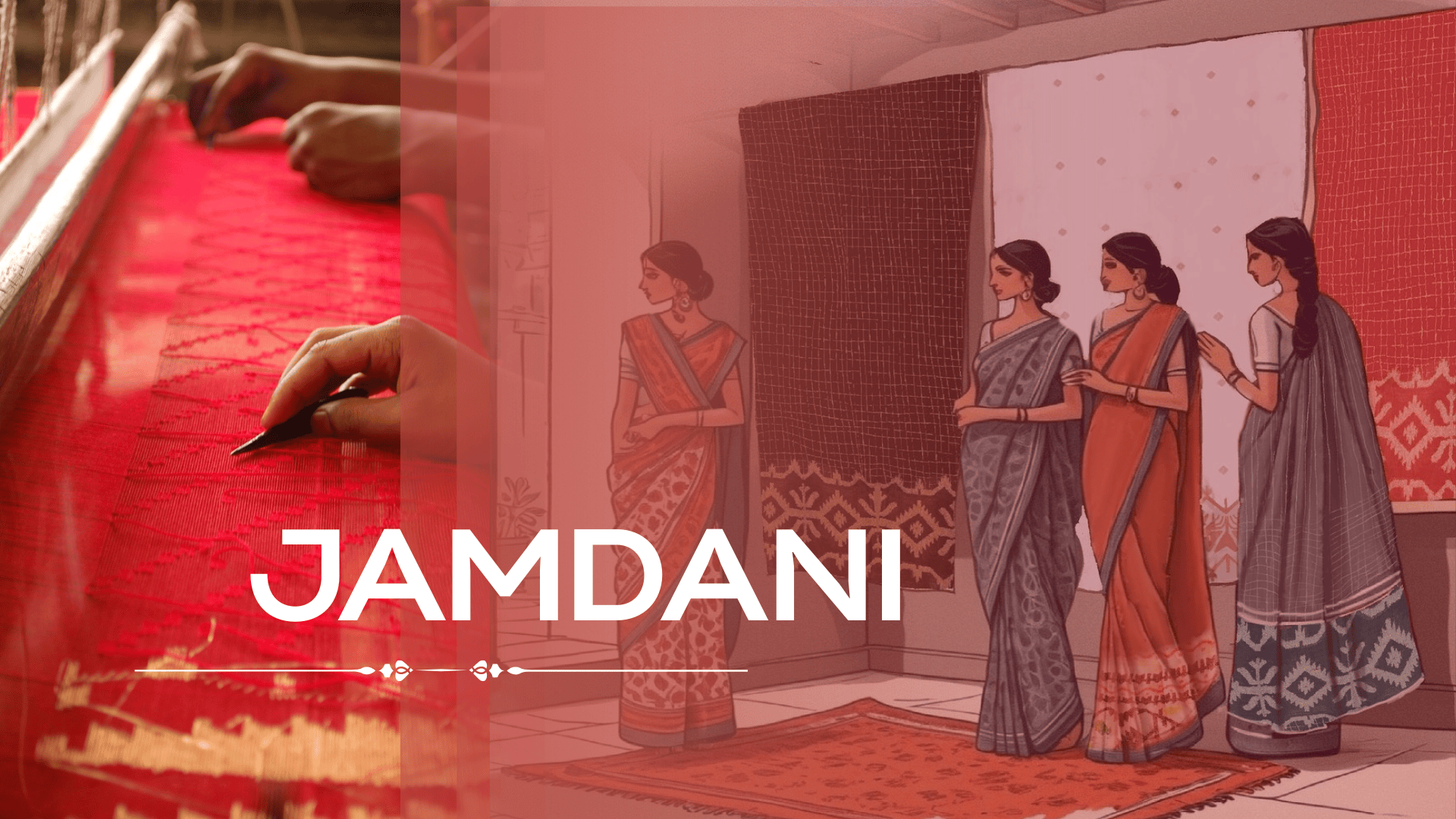
jamdani magic: why this weave is unesco-recognized as cultural heritage
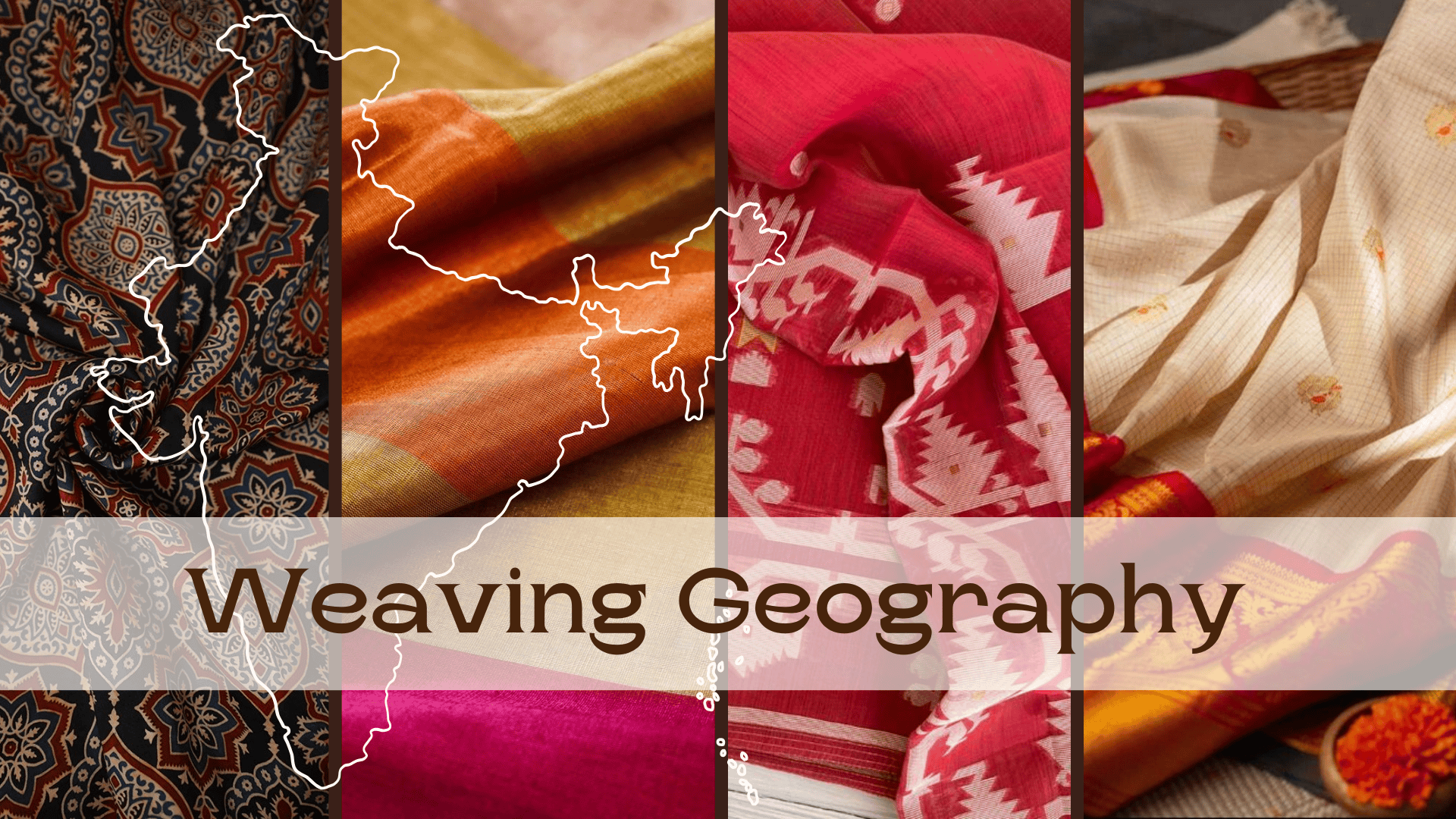
weaving geography: which district is known for which handloom fabrics
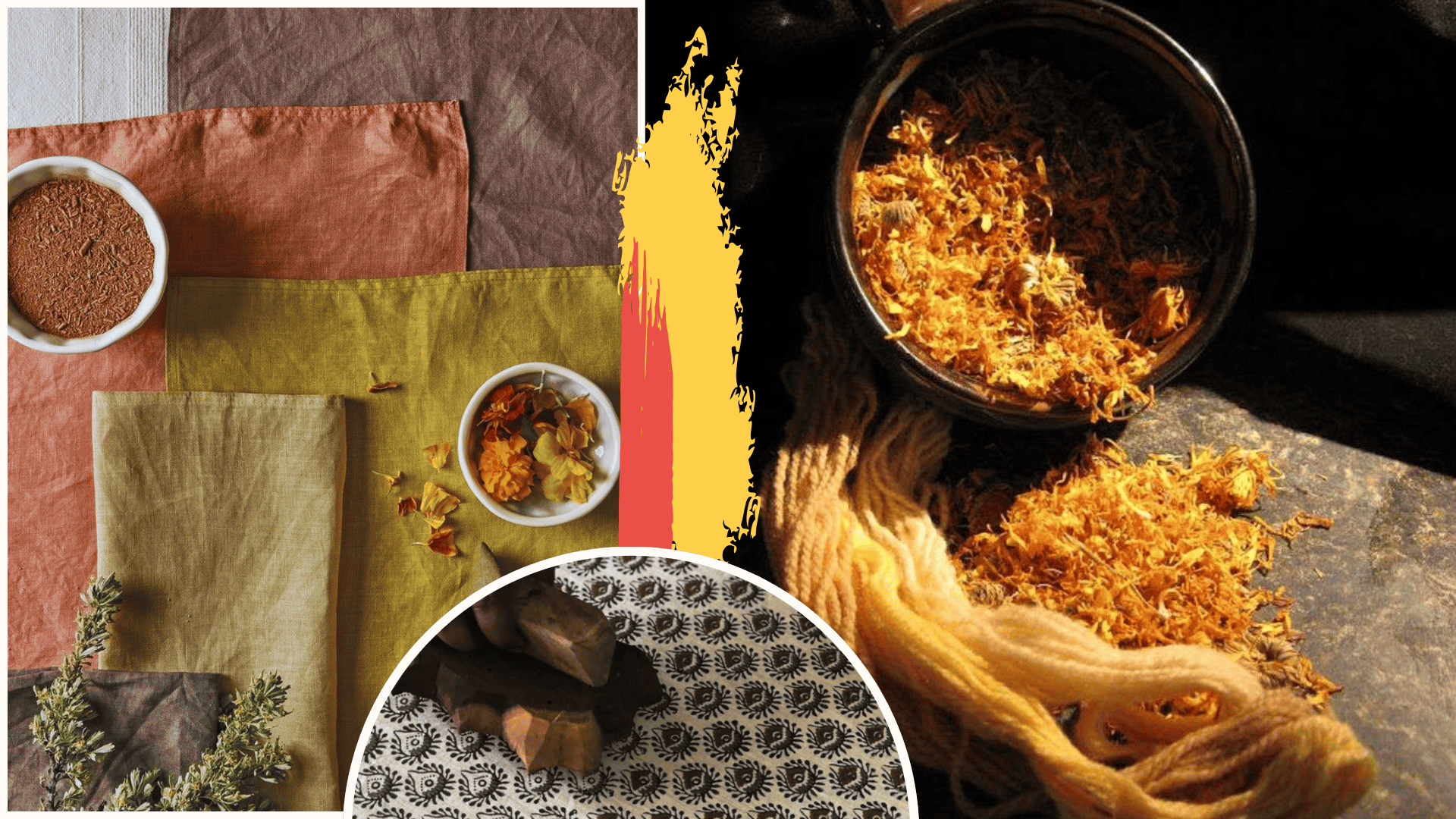
the ultimate guide to naturally dyed and block printing textiles
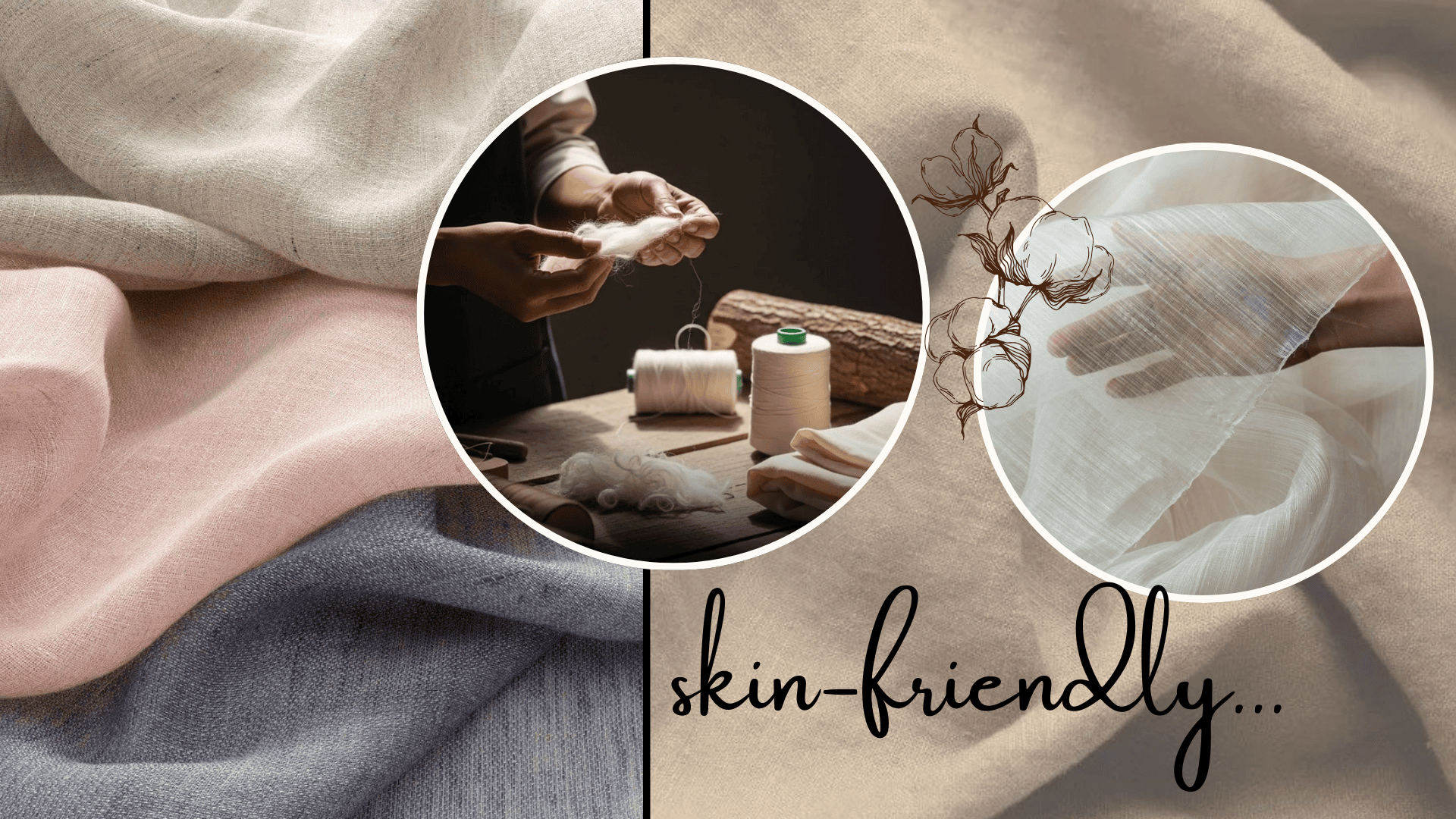
why skin-friendly textiles are the next luxury in fashion
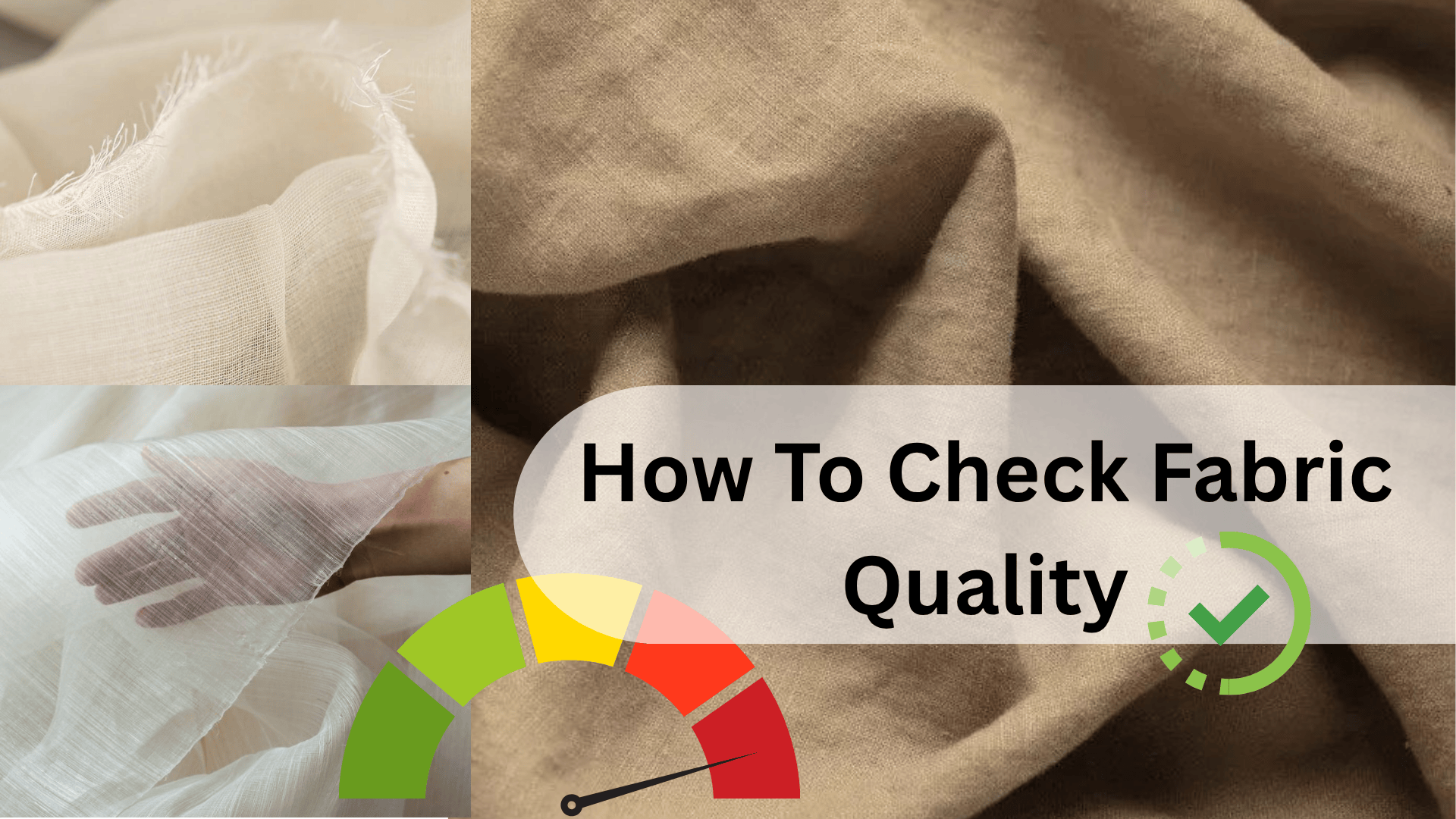
7 visual cues to identify fabric quality instantly
